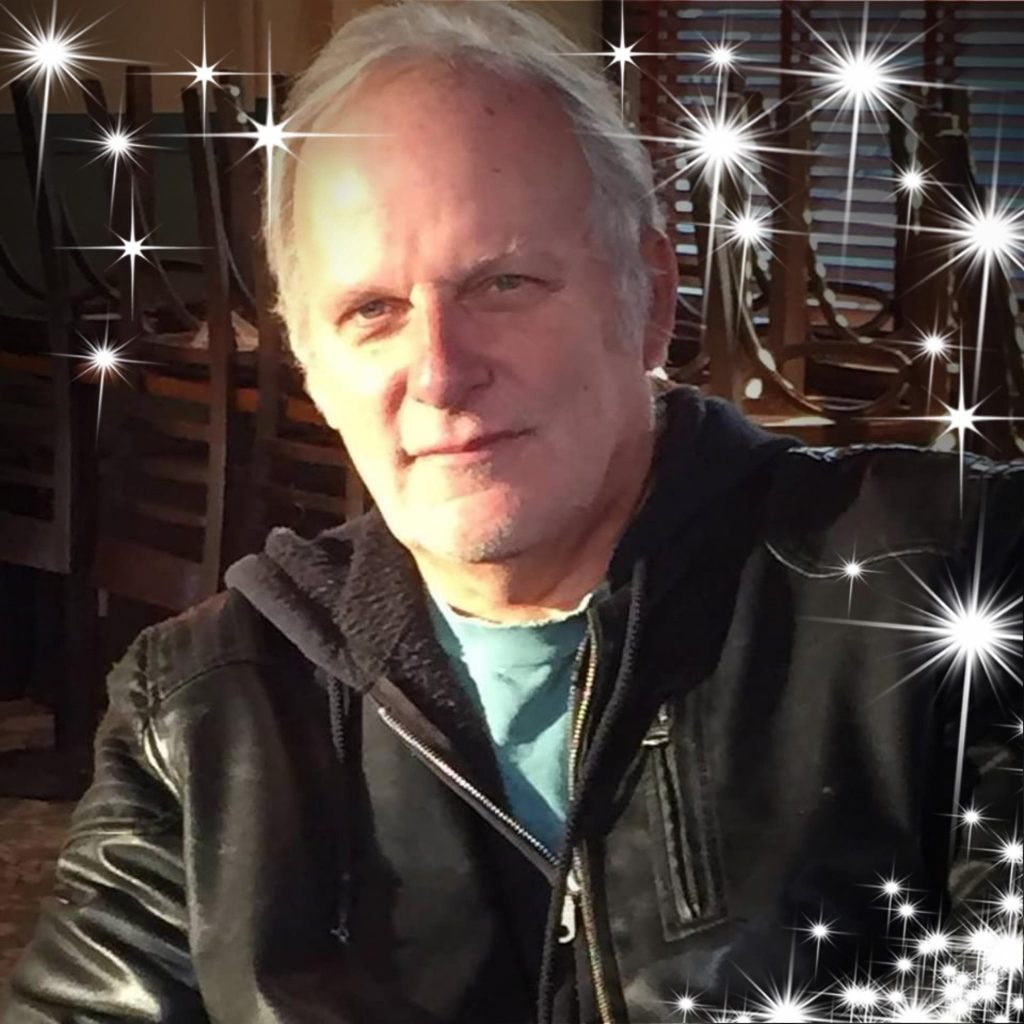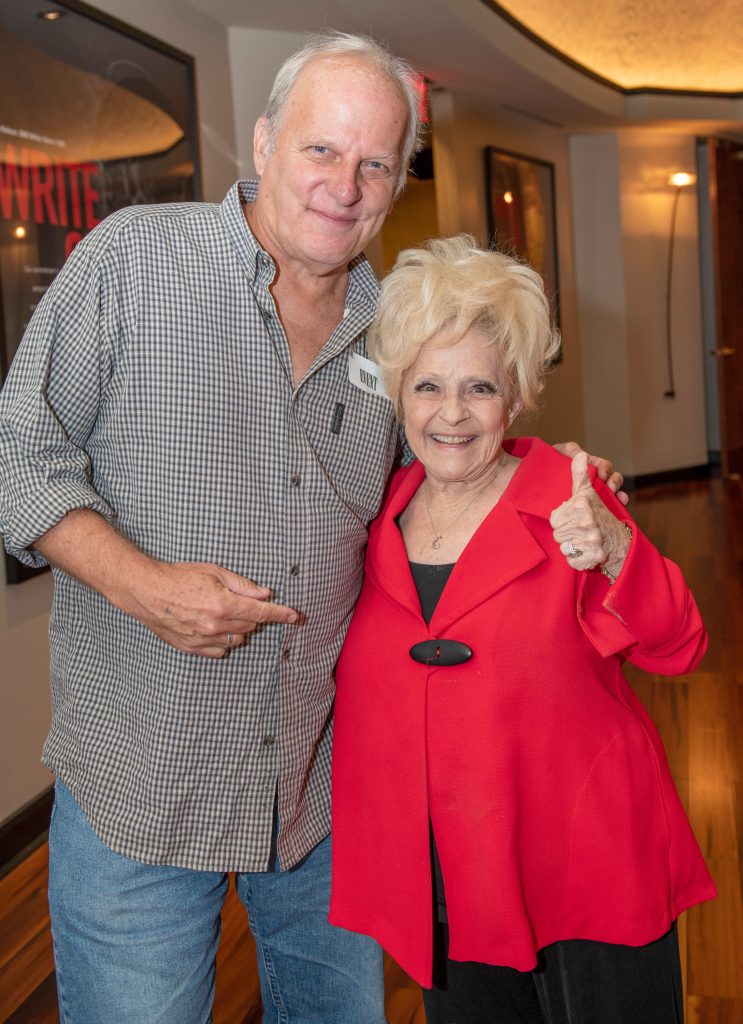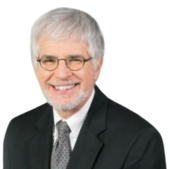
Dave Hoekstra; photo by Tom Vlodek
Last week, I wrote about the new documentary The Center of Nowhere: The Spirit & Sounds of Springfield, Missouri.
In this new post, I’ve interviewed Dave Hoekstra, the film’s writer and co-producer.
- The documentary process lasted a number of years. How did Lou Whitney’s death in 2014 affect the next six or so years, until the film was released? Related to this, are there artists and/or bands in Springfield who could now or in the future occupy the central role of Whitney and his bandmates in The Morells/Skeletons?
The doc project began with a two-part series I did on Springfield for The Journal of Country Music (Country Music Hall of Fame) around 2000. I had known Lou from my work at the Chicago Sun-Times and he was the pathfinder for my research, sharing phone numbers, etc. It was then we started talking about elaborating on the Country Music Hall of Fame series. Lou was proud of that. Time moves fast and nothing happened. As he became ill, we took it to the highest level. We never talked deeply about mortality, but Lou knew this was important.
It is why we moved ahead with no financing in place.
The second part, great question. The Skeletons-Morells were indeed like a studio Wrecking Crew/Muscle Shoals Swampers. The Studio still exists, although it has moved from downtown. I loved the stories Lou and Lloyd shared about hanging out and learning the ropes at Wayne Carson’s studio, Si Siman’s place. I don’t think that exists any more. (We have a lot of that which didn’t make the final cut.)
But there is a very vibrant-under-the-radar scene of young multicultural indie-rock-folk-blues artists. At the end of every summer there’s a thing called Queen City Shout that’s like Springfield’s SXSW. Our film was rejected before the pandemic by the Springfield indie film festival, Rated SGF, but we were selected by the St. Louis International Film Festival.
We bring up cultural apathy in the film. It would blow my mind when I would drive to Springfield to see the Skeletons and ten people would be in the audience. Springfield would rather promote Route 66 and classic cars. (I’m a big Route 66 fan!) The city has an important musical infrastructure. I argue it is the most unknown contemporary music scene in America. I wanted to get into Charlie Haden, Moondog, Black gospel, soul music. We might have been able had we secured any funding at all. This was a total DIY.

2. Were there times during the entire process that you personally felt it was almost too challenging, and too difficult to keep going?
Yes. Many people doubted us. At least 30 trips back and forth between Chicago and Springfield for me. My parents passed away halfway through this. This has been the most difficult creative project of my career. And the most rewarding.
3. How did you pull together the team that worked on the documentary? Had you worked with any of the before?
My co-producer Jamie Ceaser (longtime PBS producer) and I had worked on “The Staple Singers and the Civil Rights Movement,” a half-hour doc we did for the PBS affiliate in Chicago. We recruited Bob Dylan, Harry Belafonte, Jesse Jackson, and it was narrated by Bonnie Raitt. It got nominated for a regional Emmy.
Jamie stepped up to help on The Center of Nowhere (editing and script) with no financial guarantees. As did my longtime friends Tom Vlodek and Jon Sall. They were the cameramen. Tom shot for 60 Minutes and 48 Hours and I worked with Jon on video projects at the Sun-Times. Absolutely could not have done this without them. Everyone jumped in on faith and friendship.
After so long, some relationships have been strained. We have made about $3,000 so far. But, like the film, our team celebrated the hopes and dreams of community. I think Lou’s humanistic ethos snuck in here organically. Even at our most discouraging points, I tried to not lose sight of having fun in the creative space/workplace. Life is too short.
